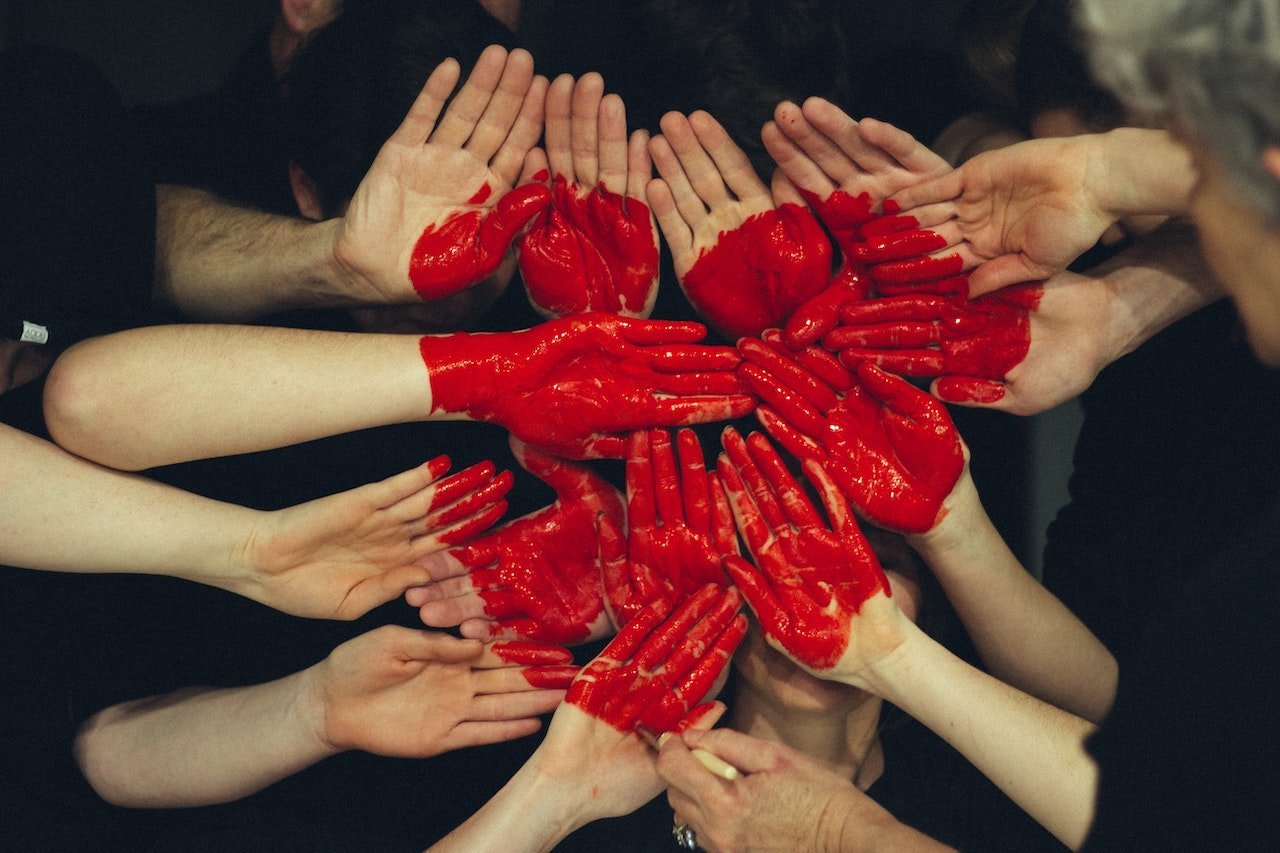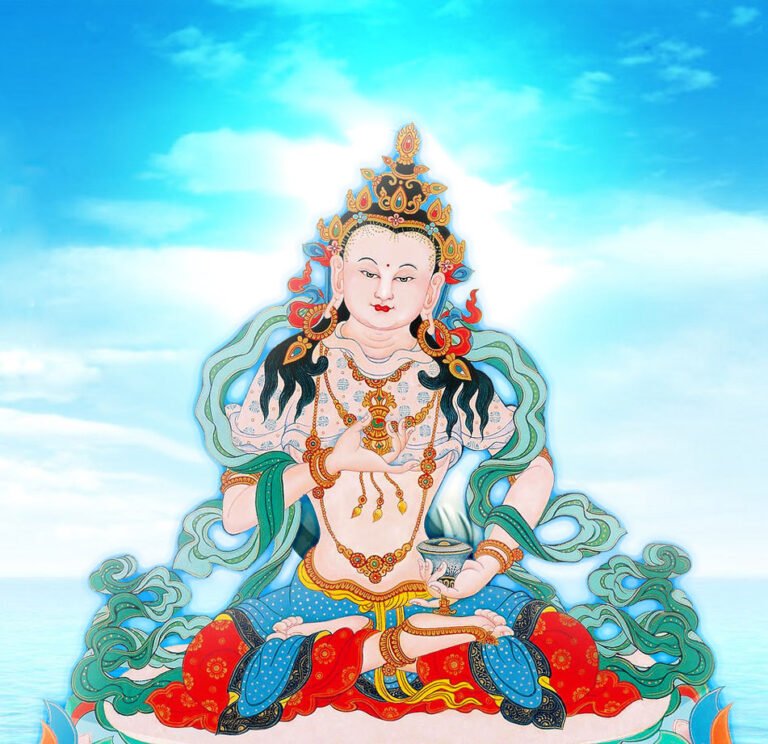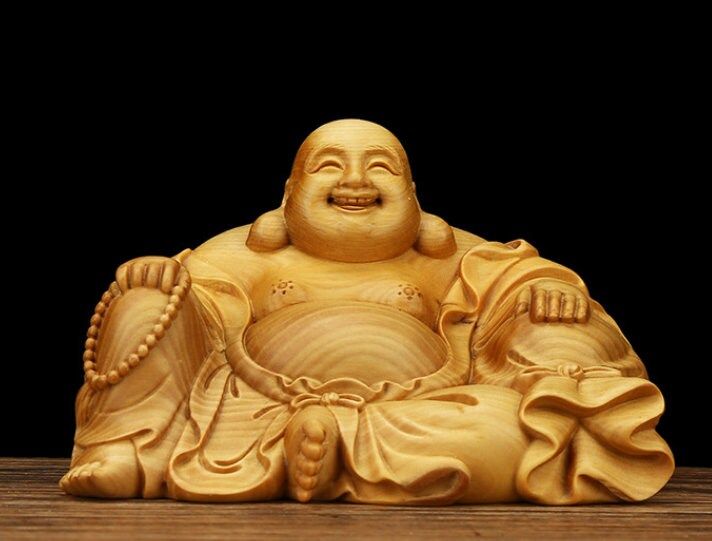On Christmas Day, Grandmaster (2021) had a very fun talk about Jesus – because that is when Christians celebrate Jesus’ birthday. Grandmaster was baptized a Christian before he was enlightened, and so has a great deal of respect for Christianity and all other religions, understanding that each religion has their own reasonings. Canada is also a Judeo-Christian society, and celebrates many of the Christian holidays as national holidays, and so many Canadians are familiar with the story of Jesus’ birth to the Virgin Mary and Joseph. For those who are unfamiliar, the story goes that Jesus had a humble birth in a manger or a stable in Bethlehem. The three kings (or three wise men) followed the Star of Bethlehem in the night sky to bring gifts for this future king. However, the Roman Emperor, afraid of Jesus’ future influence and his possible overthrow of the throne, ordered all newborn babies to be slaughtered, and Mary and Joseph escaped to Egypt. And so we do not hear from Jesus for the next 30 years, until he returns to preach the gospel.
However, it is rumoured that Jesus may have gone to the Himalayas to study Buddhism while he was a young man, for when he returned, he wore long, red and white robes, similar to the garb worn by practicing Buddhist lamas. Jesus also wore a cloth draped over his shoulder and arm, as depicted in many illustrations, that was similar to the meditation cloth worn by Buddhist lamas (and in my perspective, similar to the precept covering). Jesus then preached for three years until he was crucified for his influence, in which he died and was resurrected 3 days later (on what we now celebrate as the Easter holiday – Easter Friday represents his crucifixion and Easter Monday represents his resurrection).
But his magnitude for compassion was immense. Jesus embodied the Bodhisattva spirit of saving sentient beings and having immense compassion. Even in a time of immense suffering (during which his stigmata, or crucifixion wounds, were being inflicted), Jesus had the heart of compassion and humility, he prayed to God to forgive his tormentors for their sins. And thus, the blood he shed during the crucifixion would come to be known as his sacrifice for sins of all sentient beings.
Grandmaster’s history allows him to respect all religions, and in fact, he reveres Jesus as a Bodhisattva. There is a statue of Jesus at the base of the statue of Maha Brahma in the Rainbow Temple. How do we know that Jesus is a Bodhisattva? He maintains a pure and innocent heart, he thinks of other sentient beings and his teachings are the same as the teachings in Buddhist temples, about compassion, and in particular, a verse in Matthew 6:3 (English Standard Version Bible, 2001, Matthew. 6:3)) is roughly translated to:
But when you do merciful deeds, don’t let your left hand know what your right hand does.
This verse is emphasized in many of Grandmaster’s teachings on compassion and of course, non-attachment. We should give with a mind of non-dwelling. We should not attach to the good deeds that we do, compassion should be done from the heart, and for the sake of being compassionate to others, not to be recognized or applauded. Hence, why many donate anonymously to their favourite foundations, in order to benefit others first, not for the goal of being recognized for their donations. In fact, Master Lin Mi, at the Chin Yin temple has even noted that when Grandmaster states: “If people take your outer cloak, you must also give them your inner cloak.” refers to giving everything that you have. When in India, Master Lin Mi tells the story of when he was bombarded by beggars (for example in certain parts of India). He would give everything had to the first beggar. Grandmaster also stated that if your wallet or money is stolen, that one should not be too sad, because money that one can’t spend will still be spent, but only to benefit others. He notes that the purpose of money is to be spent. Even Mother Theresa became a saint because of her compassion. She treated every individual as a God and helped with all of her ability and might, never asking for herself, only to aid others. Because of her equanimity in compassion, she alleviated the suffering of many people at the last stages of their lives.
And so, in the spirit of the Padmakumara, Jesus’ teachings are about the masses, not the individual. So much so that Jesus gave the ultimate gift, his life, in order to benefit (or save) all other sentient beings, and was not attached to the idea of his being a saviour. In the end, people still martyred Jesus for his sacrifice, but rightly so, for Jesus is a true Bodhisattva.
By Yvonne Wong, Ph.D.
References
English Standard Version Bible. (2001). ESV Online. https://esv.literalword.com/
Living Buddha Lian-Sheng. (25th December, 2021). Expounding the Vajra Sutra 2021. Padmakumara group practice. Ling Shen Ching Tse Temple.





